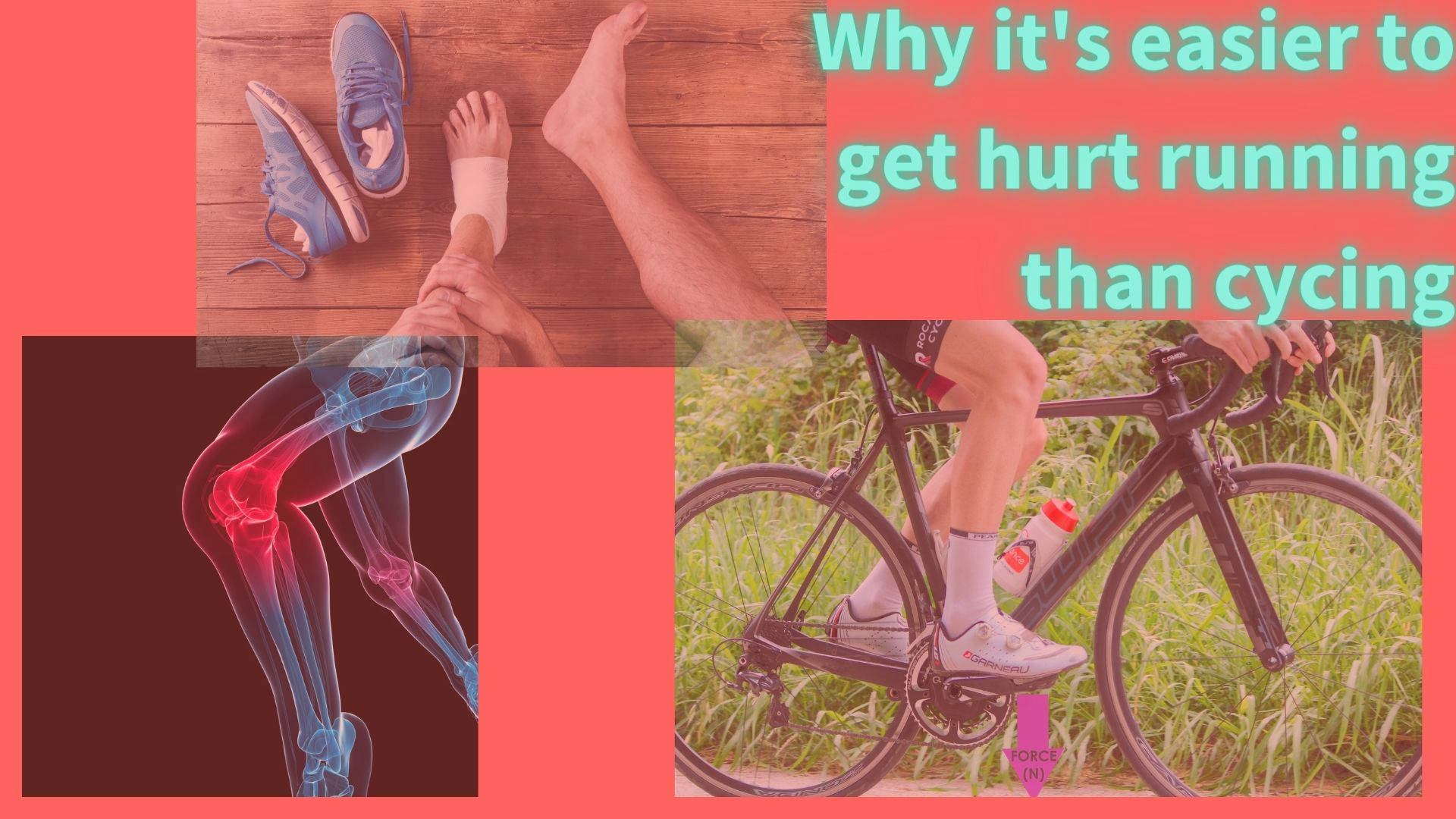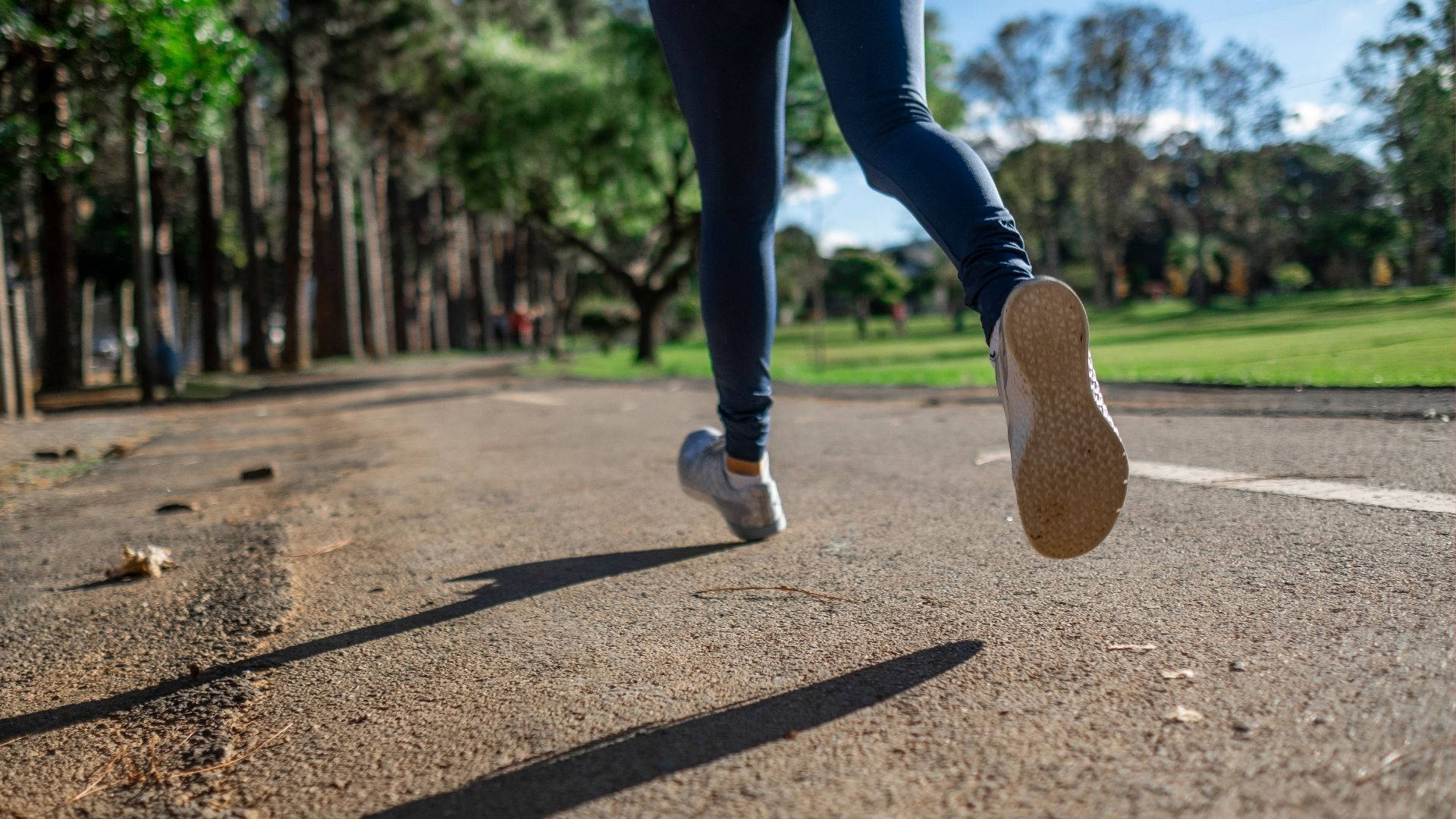Here’s a simple reason why cycling is so friendly to your musculoskeletal system
Revere Greist

Cycling power meter brings important data
Almost every other cyclist has a power meter these days. If you dig deeply into the data collected by these remarkable devices, you can find information about the force you have to apply to the pedal to accelerate your bike or maintain a steady speed. This information allows a direct comparison between biking and running.
On the bike, as with cars, power depends on revolutions per minute and torque applied across each revolution. Generally speaking, 250 watts is viewed as a good power output over an hour for an amateur cyclist, while a professional can achieve 400 watts or more over the same duration.
To hold 250 watts, you need to press the pedals at about 30 Newton-Meters m at a cadence of 90 rpm.
In a short uphill sprint you are unlikely to see torque values of more than 100 Nm.

Cycling for 2-3 hours brings much less stress to your body
A little bit of physics
What does 30 Newton-Meters mean in practical terms? If you’re using standard 172.5 mm crank arms, which create mechanical advantage through leverage, this means you’re putting out 174 Newtons at the bottom bracket, , or in other words, less than 35 lbs (20 kg), which is spread across both legs.
Even world class pros in the best shape of their lives do not put pressure on the pedals of more than 35 kg, which is several times less than their own weight.
Now consider running, where the force on a single leg with each step equals your body weight times the force of landing from the “jump” onto that leg. Unless you weigh very, very little, the force from running on your musculoskeletal system is many times that from cycling.

Optimal running practice is not longer than 60 minutes
Conclusion
Thus, for our musculoskeletal system cycling is many times safer than running, and even safer than walking! This doesn’t mean that you should stop running or walking, but just to be aware of the forces you are putting through your feet, ankles, knees, and hips, and to be proactive to prevent injury – something Zihi emphasizes with strength workouts for runners.
Also, please watch this space, as Zihi will start offering adaptive training plans for cyclists in the next few weeks!
About the author
Revere Greist
Revere Greist is the COO and Co-Founder of Zihi, AI-based endurance sports training platform. With more than 20 years in endurance sports and Kona AG 8th place he is fond of sport science and the most effective ways to be fit for a race.
MBA, COO
Madison, WI